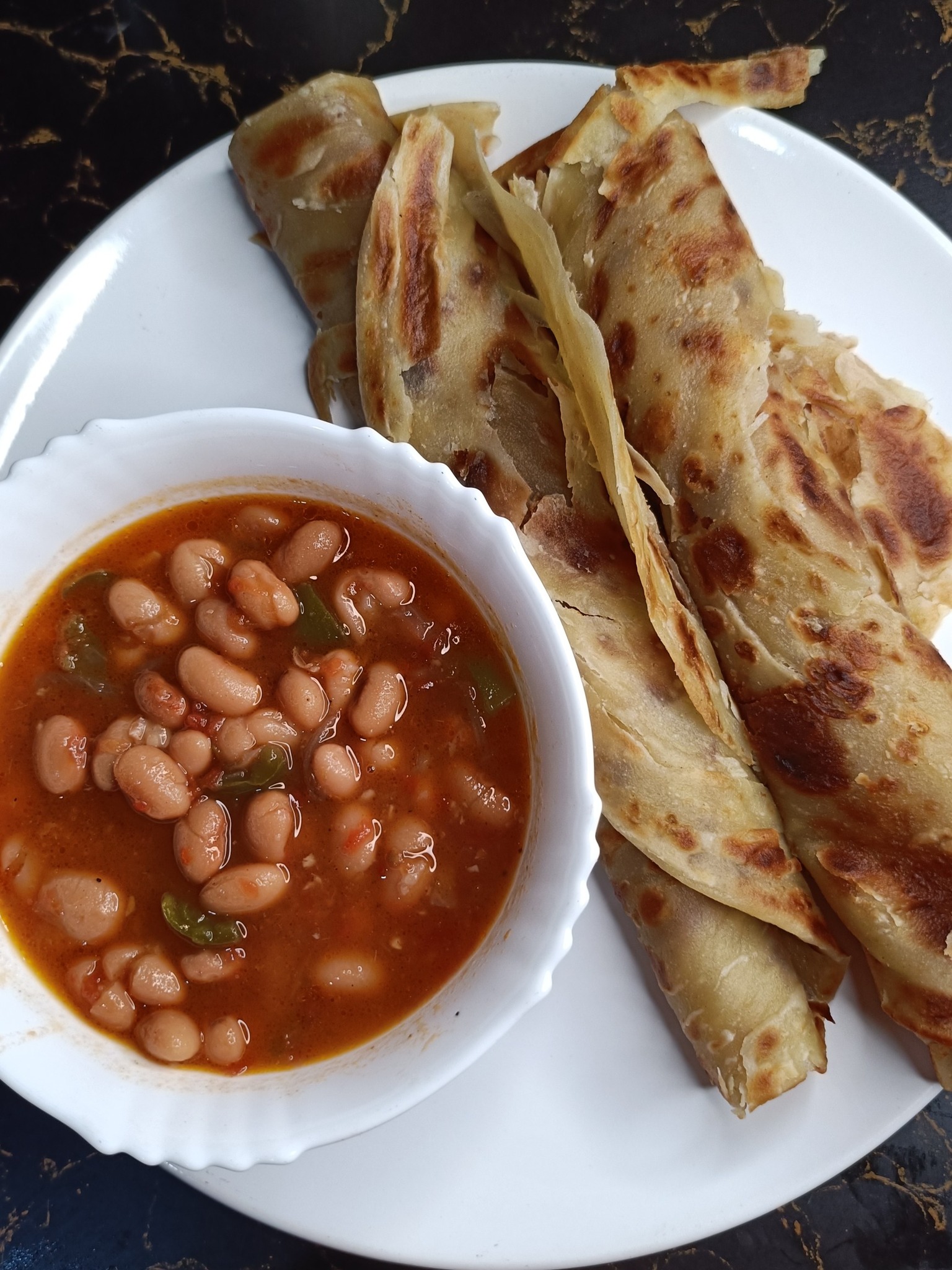ADVERTISEMENT
**Beans Served with Chapati: A Traditional Delight from the Heart of Kenyan Cuisine**
Kenya’s culinary landscape is as diverse as its culture, offering a wide array of dishes that reflect the country’s rich heritage and abundant resources. Among the most beloved and popular meals in Kenya is the combination of **beans served with chapati**. This dish is a staple in Kenyan households, enjoyed by people of all ages and backgrounds. It’s a dish that transcends regional boundaries, offering both comfort and nourishment.
The pairing of **beans** with **chapati** is one of Kenya’s traditional meals that can be found in homes, restaurants, and street food joints across the country. The versatility of the dish makes it a perfect meal for any time of the day, whether it’s a hearty lunch, a filling dinner, or even a wholesome breakfast.
This article will explore the origins, ingredients, preparation methods, cultural significance, and variations of **beans served with chapati**. We will delve into the history of both beans and chapati in Kenyan cuisine, the importance of this dish in Kenyan households, and how to perfect this dish in your kitchen. By the end, you’ll have a full understanding of how this humble meal has become a beloved part of Kenyan food culture and how you can recreate it at home.
—
### **The Origins of Beans and Chapati in Kenyan Cuisine**
Before delving into the details of how to make **beans served with chapati**, it’s important to understand the origins of both beans and chapati in Kenyan cuisine.
#### **Beans in Kenyan Cuisine**
Beans are a major component of the traditional Kenyan diet, and they are grown in various regions of the country. Kenya has a long history of bean cultivation, and beans are an important source of protein and fiber for the population. The most common varieties of beans grown in Kenya include **red kidney beans**, **black beans**, **green grams (mung beans)**, and **white beans**. These beans are cultivated in different regions, particularly in the central and western parts of the country.
Beans are often cooked in stews, soups, or served as a side dish with a variety of starches. The simplicity of beans, combined with their nutritional value, has made them a reliable meal option for many families across Kenya. Additionally, beans are a highly versatile ingredient, able to take on different flavors depending on the spices and seasonings used.
#### **Chapati: The Influence of Indian Cuisine**
While beans have deep roots in African cuisine, **chapati** has its origins in India and the surrounding regions. The dish was brought to Kenya by Indian traders and migrants who arrived in the country during the colonial era. Over time, chapati became integrated into the local cuisine, especially in urban centers and among communities that had close ties with Indian culture.
Chapati is a flatbread made from **whole wheat flour**, **water**, and **salt**, and it is traditionally cooked on a flat griddle, called a **tava**. The bread is typically served as an accompaniment to stews, vegetables, and meats. Its light, fluffy texture and mild flavor make it an ideal match for the rich and savory beans stew. In Kenya, chapati is often considered a special treat, served during celebrations, holidays, and significant gatherings.
The pairing of **beans with chapati** represents a fusion of African and Indian culinary influences, resulting in a dish that is both culturally significant and delicious.
—
### **The Nutritional Benefits of Beans Served with Chapati**
Beans served with chapati are not just tasty; they are also incredibly nutritious. This combination offers a well-balanced meal that is rich in proteins, carbohydrates, and essential vitamins and minerals. Here’s a breakdown of the nutritional benefits:
#### **Beans**
Beans are an excellent source of plant-based protein, which is crucial for muscle growth, repair, and overall bodily functions. They are also rich in dietary fiber, which aids digestion, helps regulate blood sugar levels, and promotes heart health. Additionally, beans are packed with essential vitamins and minerals, including:
– **Iron**: Essential for the production of red blood cells and the prevention of anemia.
– **Magnesium**: Supports bone health, muscle function, and the nervous system.
– **Folate**: Important for the production of DNA and the prevention of birth defects.
– **Potassium**: Helps maintain healthy blood pressure and muscle function.
#### **Chapati**
Chapati is made from **whole wheat flour**, which provides a good source of **complex carbohydrates**. These carbohydrates are digested slowly, providing a sustained release of energy throughout the day. Chapati also contains small amounts of protein, fiber, and vitamins, such as:
– **Vitamin B6**: Important for brain development and function.
– **Magnesium**: Supports muscle and nerve function.
– **Iron**: Helps maintain healthy blood cells.
When combined, beans and chapati offer a **complete meal** that provides protein, carbohydrates, and essential nutrients, making it a well-rounded choice for a nutritious diet.
—
### **Preparing Beans Served with Chapati: Step-by-Step Guide**
Now that we’ve explored the nutritional benefits of the dish, let’s dive into how you can prepare **beans served with chapati** in the comfort of your own home. This recipe is simple, affordable, and can be customized to suit your taste preferences.
**Ingredients for Beans**
– **2 cups dry beans** (such as red kidney beans or black beans)
– **1 large onion**, finely chopped
– **2 tomatoes**, finely chopped or pureed
– **2 cloves garlic**, minced
– **1 tablespoon fresh ginger**, grated
– **1 teaspoon curry powder** (optional)
– **1 teaspoon ground cumin**
– **1 teaspoon paprika**
– **2 tablespoons vegetable oil**
– **4 cups water or vegetable broth**
– **Salt** to taste
– **Fresh cilantro** for garnish (optional)
For Complete Cooking STEPS Please Head On Over To Next Page Or Open button (>) and don’t forget to SHARE with your Facebook friends
